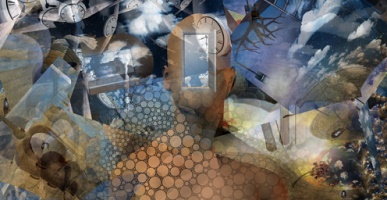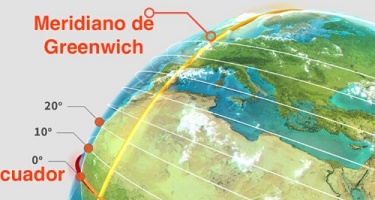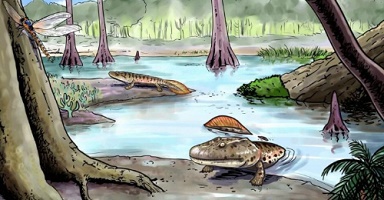What is an atom?
We explain what an atom is and how each of its parts is composed. In addition, its history, studies about it and what is a molecule.
-
What is an atom?
Atom is known as the smallest and indivisible unit that constitutes matter , endowed with chemical properties and classifiable according to its weight , valence and other physical characteristics, in a series of basic elements of the universe, contained in the Periodic Table of the elements.
The word atom comes from the ancient Greek ( at om ón , “without division”) and was coined by the first philosophers to theorize about the ultimate composition of things, that is, the elementary particles of the universe . Since then, the way of imagining them has varied enormously, as an atomic model followed the next through the centuries, until we reach the one we drive today.
According to our model, atoms are made up of subatomic particles equipped with electric charge , which are known as electrons (-), protons (+) and neutrons (0), thanks to whose configuration the atoms can be of one or another chemical element , and therefore may be part of different chemical bonds.
Although the atoms are distinguished from each other thanks to the configuration of their particles, it is also true that all the atoms of the same element are exactly identical: the hydrogen atoms in the Sun are the same that make up our body, and the atoms of Carbon in a dog’s body are identical to those that make up a diamond.
The difference between one case and another is due to the specific structure that these atoms compose, that is, to the way they organize each other. In that way, atoms form even more complex molecules and structures , which in turn form proteins and amino acids and so on, using increasingly complex bricks to form the matter we know.
-
Parts of an atom

Atoms are made up of two essential parts:
- The nucleus . About 99.94% of the mass of an atom is concentrated in the nucleus, where the protons and neutrons (also called nucleons) are found, joined by strong nuclear forces, which prevents protons from repelling each other. , having the same electric charge.
- Orbitals . The orbits that trace the electrons around the nucleus, attracted by the difference in electric charge between them, are known, but without falling into it (similar to how the planets orbit the Sun). Electrons can change orbitals, going closer or further from the nucleus, and in some cases chemical bonding can even be transferred or shared with another atom.
-
Atom history

The first to formulate the idea of the existence of atoms was the Greek philosopher Democritus (s. V-VI BC), from purely imaginary speculations, which is how science was understood at the time.
His studies were taken by later philosophers such as Leucippus and Epicurus, but he was ignored during the Middle Ages, overshadowed by the creationist explanation of the world, which attributed everything to God.
It would be necessary to wait until 1773 when the French chemist Antoine de Lavoisier postulated his theory on the non-creation or destruction of matter (only transformed) or Law of conservation of mass , which allowed John Dalton to formulate the first theory in 1804 modern atomic
Successive scholars of physics and chemistry were inspired by his work to propose better and more complex systems of understanding the fundamental particles of matter, until in 1869 the Russian Dimitri Mendeleev made the first classification of atomic elements , that is, of substances composed of the same type of atoms and that cannot be broken down into simpler substances. From there came the Table of the elements.
The structure accepted at the same time is that derived from the Rutherford experiments in 1911, together with Niels Bohr’s formulations.
-
Molecule

It is known as a molecule to the union of two or more atoms to form a more complex structure , which can range from an atomic pair (such as the oxygen molecule: O2) to a set of different atoms intertwined in a certain way and endowed with properties specific (as a glucose molecule: C6H12O6).





